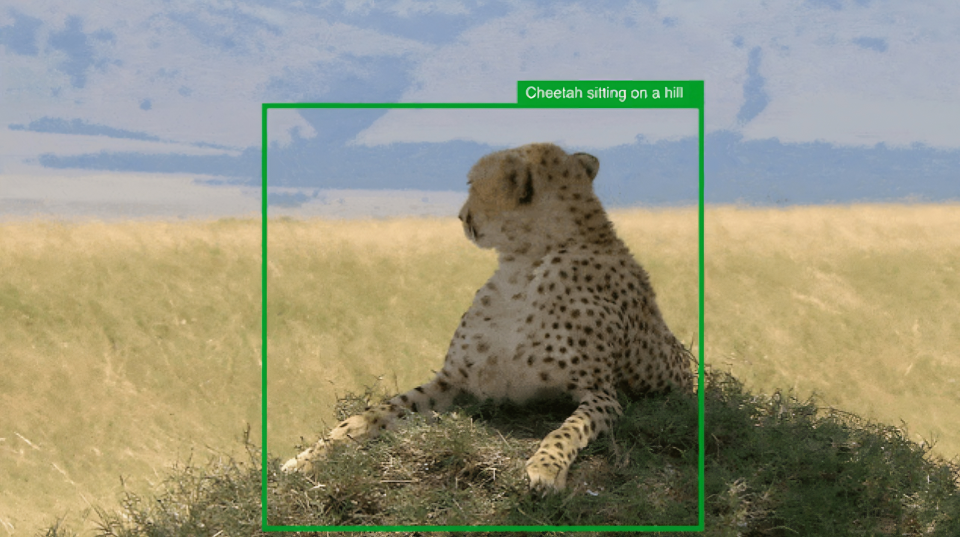Microsoft's computer vision model will generate alt text for Reddit images
Two years ago, Microsoft announced Florence, an AI system that it pitched as a "complete rethinking" of modern computer vision models. Unlike most vision models at the time, Florence was both "unified" and "multimodal," meaning it could (1) understand language as well as images and (2) handle a range of tasks rather than being limited to specific applications, like generating captions.
Now, as a part of Microsoft's broader, ongoing effort to commercialize its AI research, Florence is arriving as a part of an update to the Vision APIs in Azure Cognitive Services. The Florence-powered Microsoft Vision Services launches today in preview for existing Azure customers, with capabilities ranging from automatic captioning, background removal and video summarization to image retrieval.
"Florence is trained on billions of image-text pairs. As a result, it's incredibly versatile," John Montgomery, CVP of Azure AI, told TechCrunch in an email interview. "Ask Florence to find a particular frame in a video, and it can do that; ask it to tell the difference between a Cosmic Crisp apple and a Honeycrisp apple, and it can do that."
The AI research community, which includes tech giants like Microsoft, have increasingly coalesced around the idea that multimodal models are the best path forward to more capable AI systems. Naturally, multimodal models -- models that, once again, understand multiple modalities, such as language and images or videos and audio -- are able to perform tasks in one shot that unimodal models simply cannot (e.g. captioning videos).
Why not string several "unimodal" models together to achieve the same end, like a model that understands only images and another that understands exclusively language? A few reasons, the first being that multimodal models in some cases perform better at the same task than their unimodal counterpart thanks to the contextual information from the additional modalities. For example, an AI assistant that understands images, pricing data and purchasing history is likely to offer better-personalized product suggestions than one that only understands pricing data.
The second reason is, multimodal models tend to be more efficient from a computational standpoint -- leading to speedups in processing and (presumably) cost reductions on the backend. Microsoft being the profit-driven business that it is, that is, no doubt, a plus.
So what about Florence? Well, because it understands images, video and language and the relationships between those modalities, it can do things like measure the similarity between images and text or segment objects in a photo and paste them onto another background.
I asked Montgomery which data Microsoft used to train Florence -- a timely question, I thought, in light of pending lawsuits that could decide whether AI systems trained on copyrighted data, including images, are in violation of the rights of intellectual property holders. He wouldn't give specifics, save that Florence uses "responsibly obtained" data sources "including data from partners." In addition, Montgomery said that Florence's training data was scrubbed of potentially problematic content -- another all-too-common feature of public training datasets.

 Yahoo Autos
Yahoo Autos 

